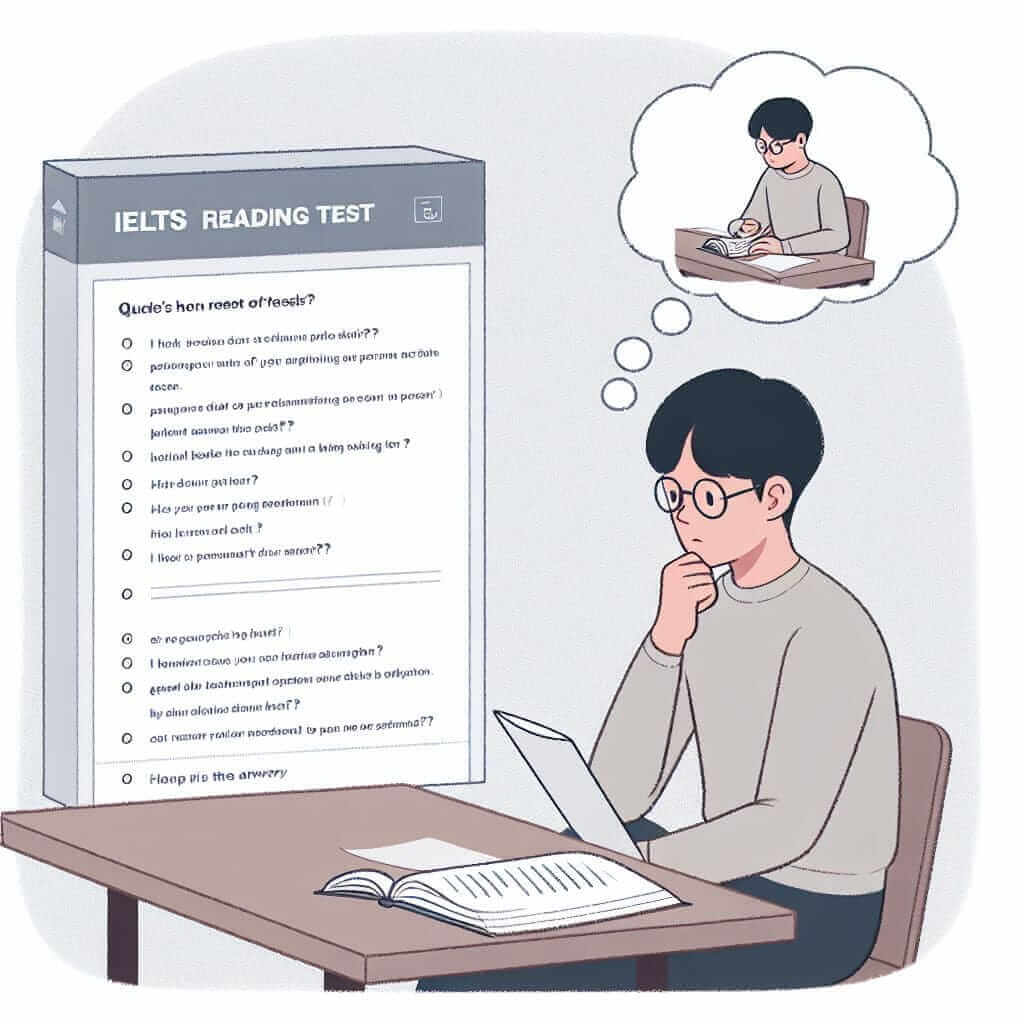As an IELTS instructor with over 20 years of experience, I’ve encountered numerous students baffled by the infamous “Is there a psychologist in the building?” question type in the IELTS Reading test. This phrase often exemplifies the challenges of IELTS Reading: understanding inference, identifying specific information, and managing time effectively. This article aims to demystify this question type and equip you with the skills to conquer it.
Understanding the “Is there a psychologist in the building?” Question Type
This question type, often appearing as True/False/Not Given or Yes/No/Not Given, tests your ability to:
- Infer meaning: The answer might not be directly stated in the text. You need to deduce it based on the information provided.
- Locate specific information: You need to quickly scan the text to find the relevant section containing the answer.
- Understand the nuances of language: The text may use synonyms, paraphrasing, or different grammatical structures to convey the same information.
The “psychologist” in the phrase is metaphorical. It represents any question where you need to determine if a specific piece of information is supported by the text, contradicted by the text, or simply not mentioned.
Mastering the Art of Finding the “Psychologist”
Here’s a breakdown of how to tackle these questions effectively:
-
Read the question carefully: Understand exactly what information you need to look for in the text. Pay close attention to keywords and any qualifying words (e.g., always, never, some).
-
Scan the text: Quickly locate the relevant section of the text that might contain the answer. Look for synonyms or paraphrases of the keywords in the question.
-
Read the relevant section closely: Analyze the information provided. Does it support the statement in the question? Does it contradict it? Or is the information not mentioned at all?
-
Don’t overthink: If you can’t find the information in the text, don’t waste time overanalyzing. Mark it as “Not Given” and move on.

Illustrative Example from IELTS Reading Practice
Let’s consider an example:
Text: “The development of new technologies has revolutionized the way we communicate. Social media platforms, in particular, have enabled people to connect with others across geographical boundaries.”
Question: “The text states that social media has completely replaced traditional forms of communication.”
Answer: No. While the text mentions the impact of social media, it doesn’t say it has completely replaced traditional communication methods.
Essential Tips for IELTS Reading Success
- Practice skimming and scanning: These skills are crucial for finding information quickly.
- Develop your vocabulary: A wide vocabulary will help you understand synonyms and paraphrases.
- Familiarize yourself with different question types: This will help you approach each question strategically.
- Manage your time wisely: Aim to spend no more than 20 minutes per reading passage.
Conclusion
The “Is there a psychologist in the building?” question type, though seemingly tricky, can be mastered with practice and the right strategies. Remember to focus on understanding the question, scanning for keywords, and carefully analyzing the information presented in the text. With consistent effort and a strategic approach, you’ll be well-equipped to achieve your desired IELTS Reading score.